History
Before using metals, our ancestors used wood and stone as basic structural materials for over 1,7 million years, give or take a few hundred thousand years. Gold, copper, tin, lead, silver, iron, and mercury were the only seven known and used metals until the thirteenth century, and only five more metals were discovered up until the seventeenth century. Today, we know that about two-thirds of all known elements are metals [1].
The first iron products dated almost 6000 years ago, and due to the softness of the iron, it was consumed as ornaments instead of tools and weapons. Iron was carbonized to obtain a more durable material (steel) around 1200 B.C., and this discovery brought significant change and heralded the beginning of the iron age. The oldest steel products are found in an archeological site in Turkey (Kaman, Kalehöyük) [2][3]. Steel production knowledge spread around a large area with Roman Empire through trade or war [4]. The transition was slow, but the cast and forged iron products eventually replaced bronze in most areas. Furnaces became more prominent, and steel became better. The early smiths produced excellent-quality axes, chisels, hoes, swords, and other implements. In 1350, the ironmakers of central Europe succeeded in melting and casting iron through primitive blast furnaces.
Making complex items, such as body armor assembled from hundreds of matching pieces of hammered plates and wires, required considerable skill and experience. The process was highly labor-intensive because of the long hours of hammering required. From the seventeenth century to the dawn of the industrial revolution, every non-cast item, from ornamental to utility, was made by hand through labor-intensive forging. Not many people could afford their own metal products [1].
During the eighteenth and nineteenth centuries’ industrial revolution, many hand tools used in metal manufacturing were gradually replaced by power-driven machinery. One of the most significant and least-heralded achievements of this period was the replacement of the ancient art of hammering (forging) with pairs of rotating rolls to change the shape or the thickness of the metals. Rolling at room temperature is not a new technology. Primitive cold-rolling was used in the fourteenth century for gold and silver. Leonardo da Vinci designed the first true rolling mills in 1480 [7].
Room temperature rolling (cold-forming) steel commenced in the late eighteenth century and became more widely used in the nineteenth century. By the late nineteenth and twentieth centuries, an immense variety of hot and cold rolled aluminum, copper, brass, lead, tin, titanium, zirconium, and specialty alloys sheet became commercially available. Without these rolled flat products, our current life and living standard would be unimaginable.
Roll-Forming
A general description of the roll-forming is simply can be written as “In a roll-forming process, pairs of profile rolls arranged in tandem transversally bend a moving metal sheet and make it into a product which has a designated cross-sectional profile” [5].

In roll forming, a certain number of pairs of oppositely arranged shafts with rolls, which are usually different for each forming pass, carry out the bending and determine the shape of the deformed sheet metal [1].
Cold-Formed Steel Structures (CFSS)
In the second half of the nineteenth century, temporary and rapid construction are preferred for the worker in remote areas. For this purpose, people found timber frames and bent thin metal sheets useful for their needs. Primarily cover sheets are produced from iron, which was strengthened by giving some small deformations on the surface, and they are used to build sheds for accommodation or working spaces. The oldest documents related to workers in North America during the gold rush in 1849. Portable iron houses were produced for workers [8].
CFSS was exhibited at the Chicago Century of Progress (World’s Fair) in 1933. This type of structure is shown as the “Home of the future.” However, the most significant achievement was the start of a research project from the American Iron and Steel Institute (AISI). in 1939. AISI sponsored the researchers at Cornell University, which resulted in the 1946 publication of the first edition of AISI specification. [9]
The journey of CFSS started with primitive shelters, but today multi-story buildings can be constructed with cold-formed steel frames. The most suitable building types can be listed as schools, dormitories, hotels, residential buildings, and modular structures.
Cold-formed steel (CFS) construction is a practical alternative to concrete or conventional steel structures mainly due to its higher strength/weight ratio and faster construction. Because of their lighter weight, CFS residential and commercial buildings are becoming more efficient alternatives in regions involving seismic risk compared to concrete and conventional steel counterparts. Wall panels made of CFS framing sheathed on one side or on both sides with steel or some type of wood boards have been widely used as the lateral load-resisting elements in cold-formed steel structures constructed especially in low and medium-seismic risk regions. The framing in these wall panels includes top and bottom tracks fastened to vertical studs with either screws or rivets. The tracks and studs are usually made from C-shaped CFS sections [10].
References
[1] Halmos, G. T. (2006). Roll Forming Handbook, CRC Press, Boca Raton.
[2] Akanuma, H. (2005). “The significance of the composition of excavated iron fragments taken from Stratum III at the site of Kaman-Kalehöyük, Turkey”. Anatolian Archaeological Studies. Tokyo: Japanese Institute of Anatolian Archaeology. 14: 147–158.
[3] “Ironware piece unearthed from Turkey found to be oldest steel”. The Hindu. Chennai, India. 2009-03-26. Archived from the original on 2009-03-29. Retrieved 2022-08-13.
[4] “Noricus ensis”, Horace, Odes, i. 16.9
[5] Kiuchi M., Abe K., Onodera R.; Computerized Numerical Simulation of roll-forming process, Annals of CIRP Vol. 44/1/1995, pp. 239-242.
[6] Dykes, R.J.; Mander, S.J.; D. Bhattacharyya: Roll forming continuous fiber-reinforced thermoplastic sheets: experimental analysis, Composites Part A, 31 (2000), pp. 1395-1407.
[7] Roberts, W. Cold Rolling of Steel. Marcel Dekker, New York, 1978.
[8] Don Allen, P.E., History of Cold Formed Steel, 2006, pp 1-5.
[9] Baran E, Alica C, Behavior of cold-formed steel wall panels under monotonic horizontal loading, Journal of Constructional Steel Research, Vol. 79, 2012, pp 1-8,
[10] “World’s Fairs 1933–1939”. Historic Events for Students: The
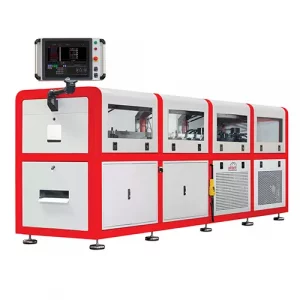
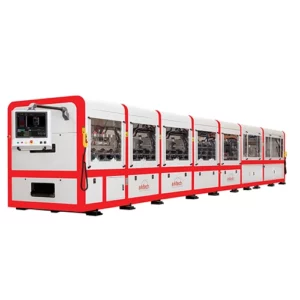
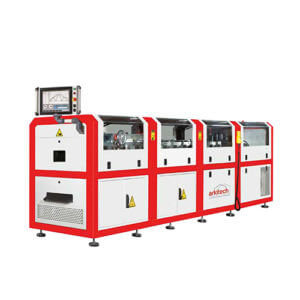
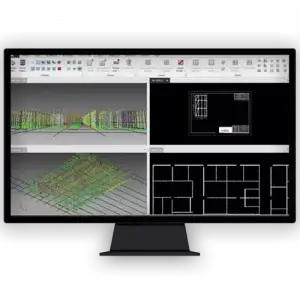
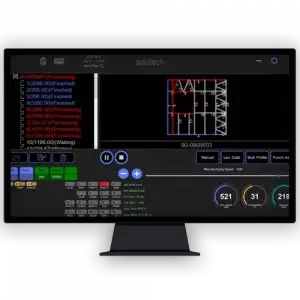

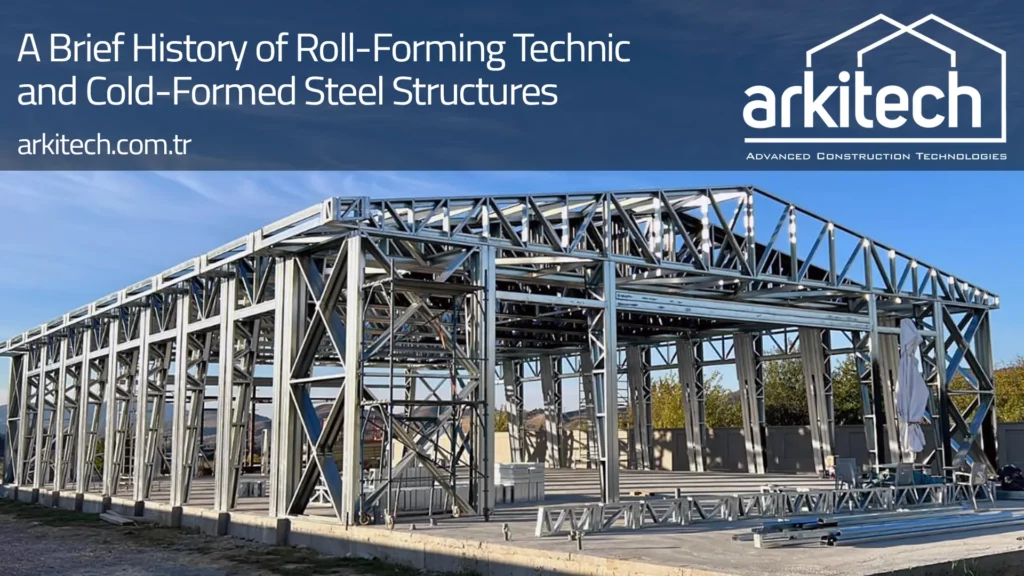

 by
by